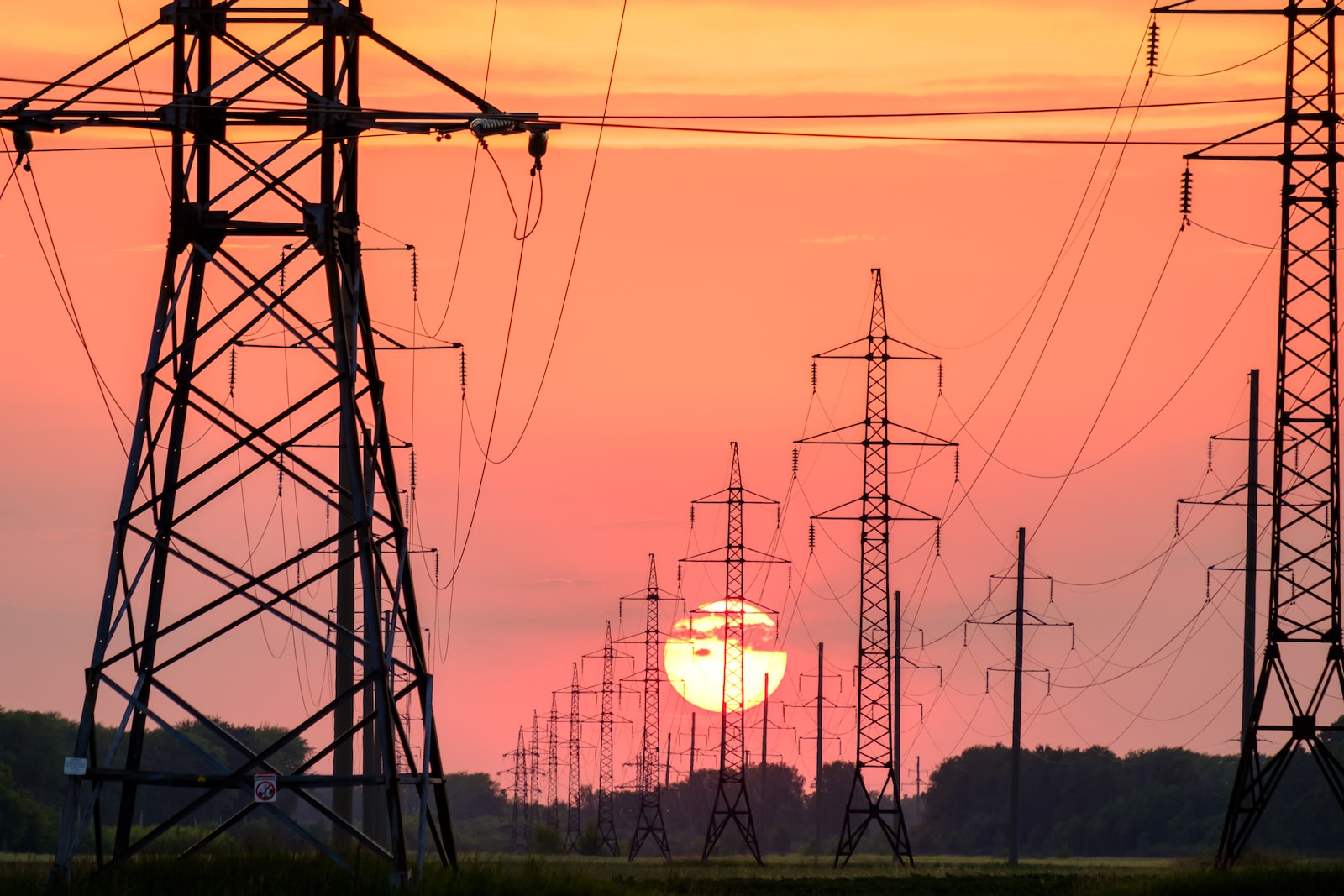Senator RENNICK: Dr Mann, you talk about a scientific consensus. My question is: what are the facts? I
want to refer to two energy budgets I have here in front of me—one given to me by the CSIRO that had a
downwelling radiation from greenhouse gases of 333 watts per square metre, and one from the Australian
Academy of Science that had a downwelling radiation from greenhouse gases of 342 watts per square metre.
There’s a difference in downwelling radiation between the two scientific institutions, of what they claim to be in
their energy budget, of nine watts per square metre. The IPCC has claimed that the radiative forcing from carbon dioxide has increased by two watts per square metre to 1,750, regardless of cause. Given the two scientific bodies have a difference of nine watts per square metre—that’s over 400 per cent of what the IPCC is claiming in the increase of carbon dioxide—why is it we can’t question facts like that?
Dr Mann: You’re citing some figures. I would have to look at them and put them in context and make sure
that what you’re describing is correct. It’s actually irrelevant. You’re talking about some large absolute numbers.
What we’re dealing with is the difference between these numbers. In a very real sense, it’s easier to measure those differences. It’s why we talk about temperature changes in terms of temperature anomalies. We don’t report the actual temperature of the earth, because that depends on baselines, different elevations, and we’ll have different temperatures so we measure differences, and we can often measure differences very accurately.
For example, with respect to the energy budget, we can measure the heating of the oceans. That is the best
integrator there is of the imbalance between the incoming radiation and the out-welling radiation. We reported on some recent findings about ocean heat content just last year. We have measured the highest heat content ever, in the global oceans, for two years consecutively. The increase in that heat content is entirely consistent with the estimated influence of the increase in greenhouse gas concentrations from fossil fuel burning.
Senator RENNICK: Would you have to accept, if we are to benchmark human performance in reducing
carbon dioxide and the alleged impact of it on heating the earth’s temperature, that we need our scientific body to be able to record the downwelling radiation from greenhouse gases consistently and accurately?
Dr Mann: Every group that analyses these data is doing its best job to estimate these numbers accurately and
objectively. I would have to look at the context of what you’re describing; I can’t accept it at face value. What I
can tell you is that we have data that does that integration for us. The ocean heat content is the best data that we have to measure the heat imbalance in the global climate system. Those measurements validate the climate model simulations. They validate our basic understanding of the impact of increased greenhouse gas concentrations from fossil fuel burning. I don’t think there are any glaring inconsistencies, but it’s easy to point to one paper or another and without putting it in proper context it’s very difficult to discuss what that may or may not mean. What I’m telling you is we have very reliable data that we can use to measure the heat imbalance, and it’s exactly as we expect it to be.
Senator RENNICK: When you measure that data, it’s in regard to radiative heat. In regard to convection, are
you saying that the second law of thermodynamics doesn’t apply to heat generated by carbon dioxide?
Dr Mann: I don’t know how you might have deduced that statement, from what you’ve said. What I’m saying
is that you’re citing numbers that I haven’t been able to vet, I haven’t been able to validate, and I haven’t been able to put them in context. I’m not going to comment on them because I’m not convinced that they’re correct or meaningful. What I can tell you, if you’re interested in the bottom line—and that’s what we care about here, the warming of the planet due to fossil fuel burning—is that we have very robust data that tells us the planet is
warming up as we expect it to.
Senator RENNICK: So you are saying you’re not familiar with IPCC paper AR5 that was released in 2014—
Dr Mann: You referred to two different reports and two different estimates, and I don’t know what report that
might be or what the footnotes might be or what the error bars might be. I have no context.
Senator RENNICK: You don’t have to—
CHAIR: Sorry, Senator Rennick. I would bring you back to the terms of reference of this inquiry. I think the
professor has said he would have to understand what these reports are that you’re referring to. I think that’s a fairly reasonable request. We’re not here to argue; we’re here to ask for expert opinion.
Senator RENNICK: And I am. I want to refer to the CSIRO report or the Australian Academy of Science
report. Are you saying you’re not familiar with the IPCC report that says the amount of radiative forcing has
increased by two watts per square metres since 1750? Are you not prepared to give out those numbers?
Dr Mann: No, I didn’t say—I don’t have the IPCC report in front of me so I don’t know exactly what number
they specify. But what you describe is consistent with our basic understanding. The increase in CO2
concentrations from fossil fuel burning, thus far, amounts to a forcing of a little more than two watts per metre
squared. So that number that you cited does comport with the basic physics of the greenhouse effect. I can’t tell you what the exact number is that is reported by the most recent IPCC report and what the error bars or
uncertainties are without looking at that page of the report. I wish I had committed the entire several thousand
pages of the IPCC reports to memory, but my memory isn’t that good and so I do actually have to look those
figures up.
Senator RENNICK: Well, that’s the figure out of the report.
CHAIR: Senator Rennick, we’ll need to leave it there.






























